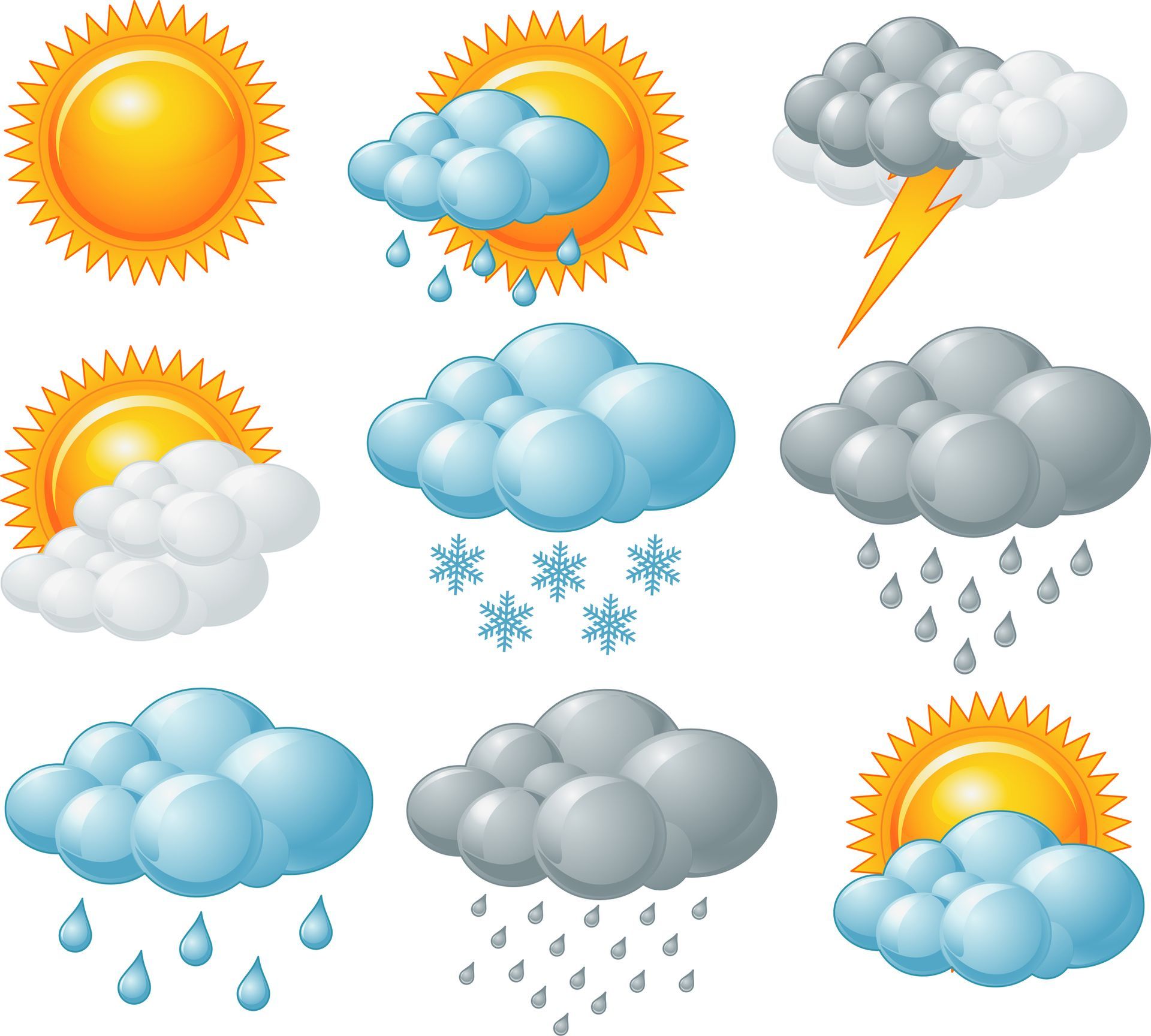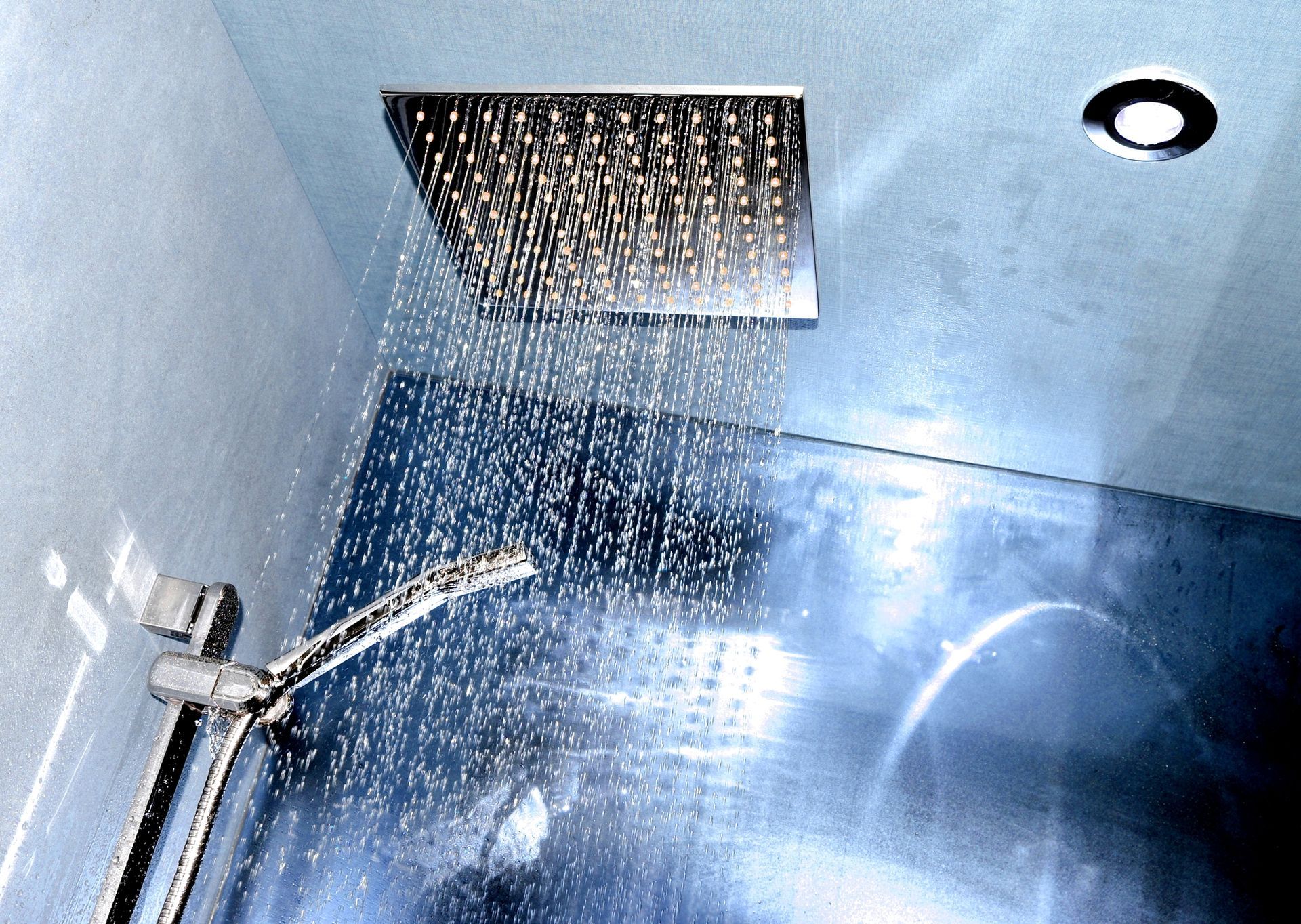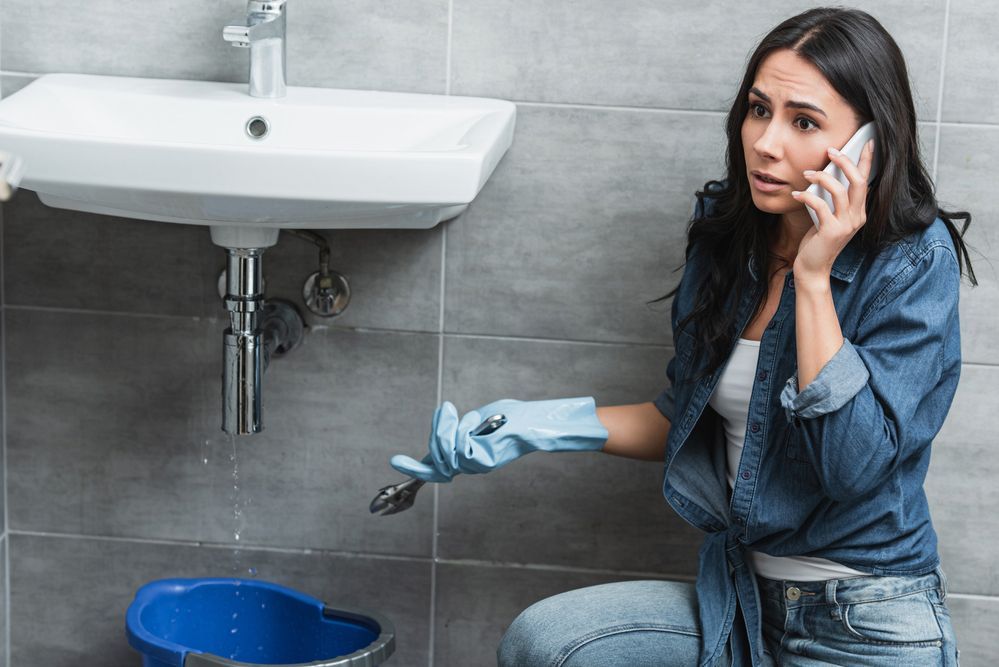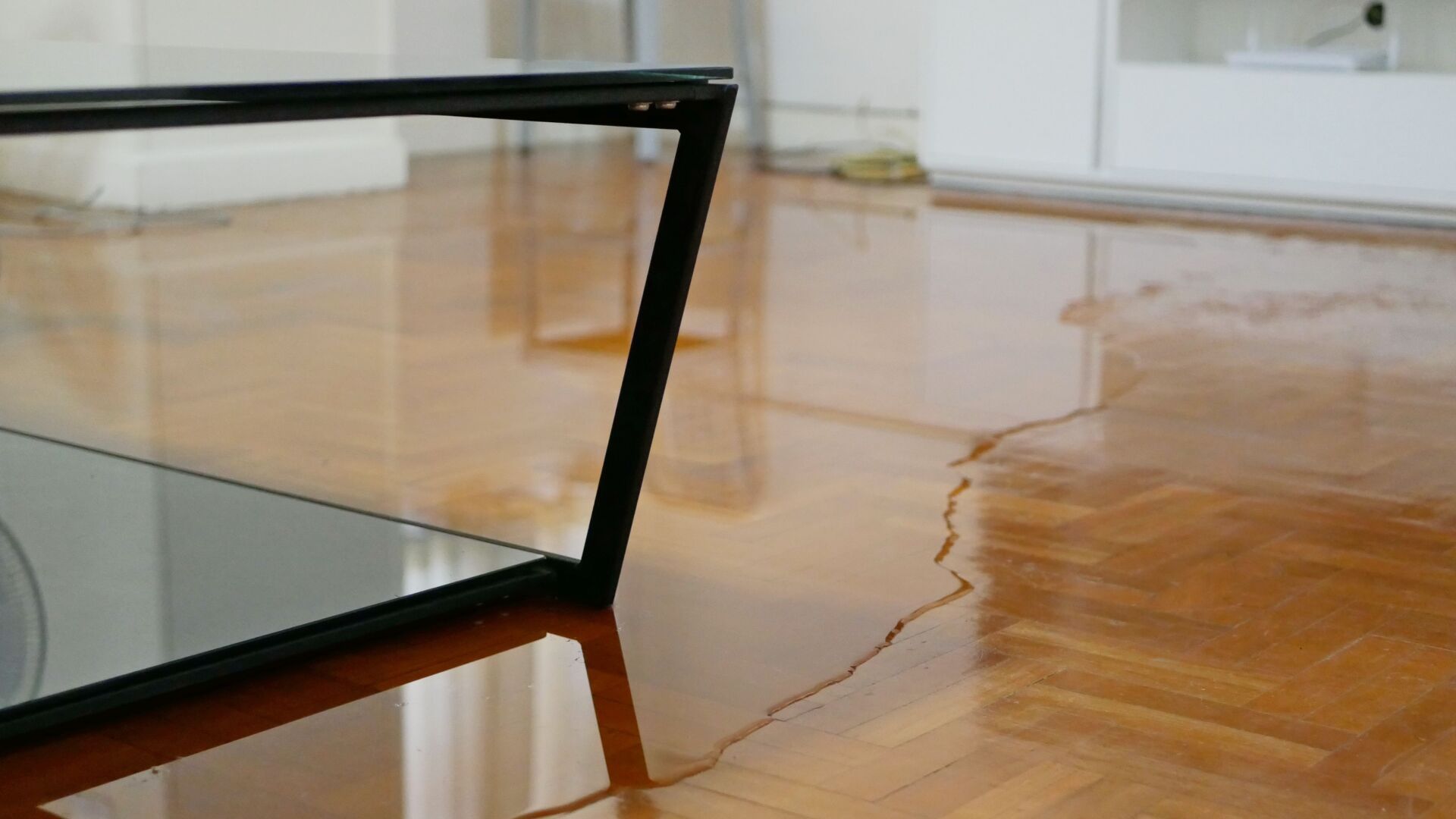Damage Caused by Washing Machine Hoses
Damage Caused by Washing Machine Hoses -Eldersburg, MD

Calling a restoration company in the middle of the night because your washing machine has flooded your house is not as uncommon as you might think. One of the most common causes of water remediation for restoration companies is washing machine hose damage.
There are multiple reasons why your washing machine might break down:
- They are under a great deal of pressure.
- Washing machine hoses are often squeezed and pinched when they are inserted into the machines.
- Occasionally, rubber hoses can form bubbles and burst due to weak points.
- In most cases, when installing the washing machine, the hoses are over-tightened, resulting in a ruptured connection valve.
It is frightening to watch how much water leaks from a washer hose when it bursts. It only takes a few hours for this entire home to fill up with standing water.
So How Do We Fix It?
Fortunately, there are experts who can handle these situations. Dehumidifiers and drying fans were used to create a balanced drying system throughout the house after extracting all standing water and leaving only moisture behind.
Depending on how the equipment is set up, too little or too much equipment may compromise the drying process. Having too much equipment in the home will raise the temperature, which will slow down the drying process. Too little equipment and moisture in the air and in the materials would delay drying times.
You don't want to delay drying times since that is when mold will grow. Depending on how quickly certain materials release moisture or water, your home can be dry in three to five days.
Can You Prevent Washing Machine Hose Damage?
Here are a few tips to prevent this type of water loss:
- Steel braided hoses should be used.
- Check your hoses on a monthly basis. Check the hoses for cracks, bubbles, or weak spots.
- Replace your hoses every four to five years.
- Keep the washing machine away from the wall. Make sure there are at least four inches between the washing machine's back and the wall. If you have the space, six inches is ideal.
- Be careful not to overtighten the connector. When using a wrench, a quarter turn will suffice after hand tightening as much as possible. Any more than that could result in both sides of the connector valve breaking.
Even when you do all your due diligence and take all the protective measures, accidents may still happen, and you may get flooded. If so, contact Restoration 1 of Eldersburg. It is our job at Restoration 1 to save and salvage your home and your property, so that you can return to your normal life.












